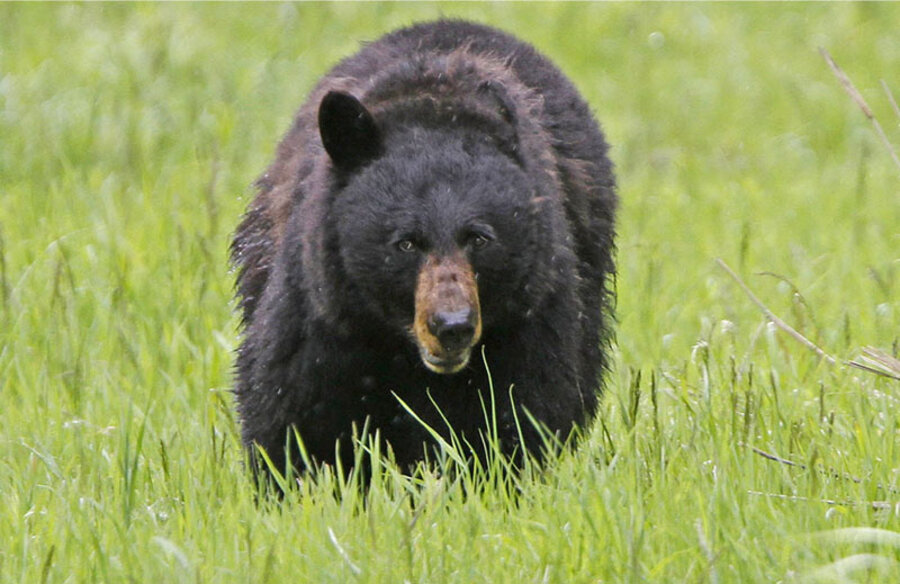Are drones bad for wildlife?
Loading...
Researchers and conservationists often use drones to monitor threats to biodiversity and deter poaching but they may also be inflicting damage on the wildlife they study and protect.
A study published Thursday in the journal Current Biology found that bears are unsettled by the presence of unmanned aerial vehicles (UAVs).
Researchers from the University of Minnesota used cardiac "biologgers," devices that track heart rates, to monitor the bears stress levels. They found that the presence of drones appeared to correspond to elevated heart rates, as much as 123 beats per minute above the pre-flight baseline.
The results could help inform wildlife and park management practices, which have recently included the use of drones. UAVs have been attractive to researchers and wildlife managers because they can access animals in hard-to-access terrain at a lower cost than traditional aerial methods. This new data suggest that there may be trade offs for those benefits.
The researchers acknowledge their conclusions were only based on limited data – “only four bears and 18 UAV flights” but felt “they could not wait another year to gather more conclusive data before reporting their discovery due to the meteoric rise in UAV use,” in an interview with Live Science.
This isn't the first time that concerns have been raised that drones could be disturbing wildlife. In 2014, the US National Park Service banned all public use of UAVs within park boundaries after a low-flying drone caused a herd of sheep in Utah's Zion National Park to scatter, "separating lambs from mothers," CNN reports.
The study authors say further research is needed to determine relative distances at which different animals respond to drones, whether they can adapt to the presence of UAVs, and if there are ways to make the device less harmful to the natural surroundings.
In Africa, conservationists estimate that poachers kill some 40,000 elephants and more than 1,200 rhinos each year, drones have become valuable tools in stopping illegal hunting.
Drones patrolling the skies over South Africa's wildlife parks alert park rangers to illegal hunting activity as The Christian Science Monitor correspondent David Karas reported in April. The system has shown a 93-percent accuracy rate in predicting poaching activity.
Lead author of the bear study, Mark Ditmer, told The Washington Post his study is not meant to advocate against UAV use altogether, but instead is intended to encourage scrutiny regarding when and where drones are used.
Mr. Ditmer told LiveScience, “It should serve as a cautionary tale, and at least get people who use them thinking about the potential impacts they may have that might not be apparent."








